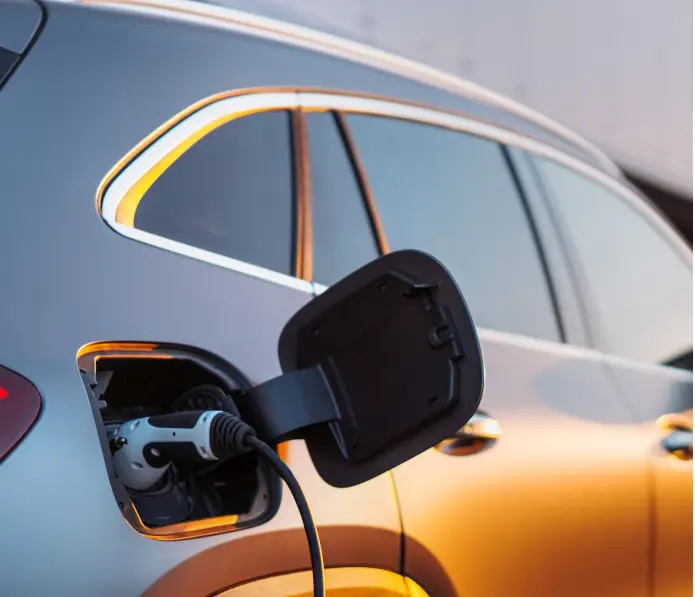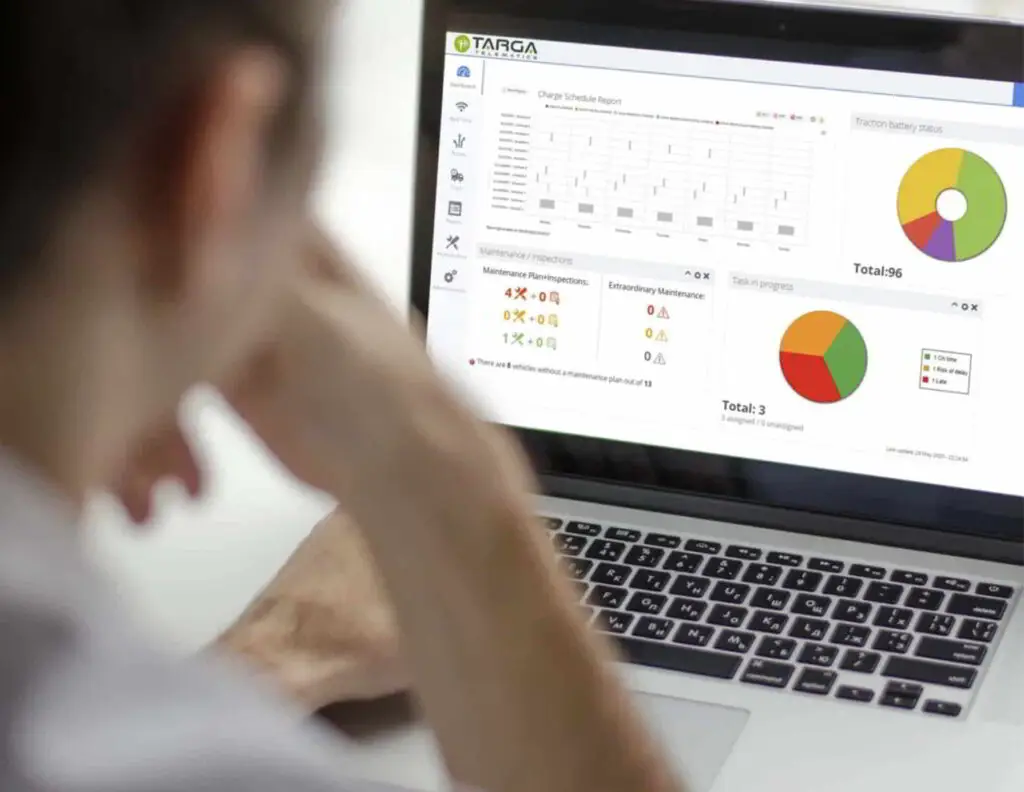“Our partnership with Targa Telematics has enhanced both innovation and sustainability across our airport operations. Real-time visibility into ground activities, including electric vehicle data and driver behaviour, empowers us to make informed decisions that improve safety, operational efficiency, and environmental performance.”
SEA Milan Airports
The client
SEA (Società Esercizi Aeroportuali) is the Italian company responsible for managing and developing Milan Malpensa and Milan Linate airports, combining sustainability with innovation. It ensures connections from one of Europe‘s most developed catchment areas to major global destinations. SEA oversees aviation operations, including the management, development, and maintenance of airport infrastructure, as well as providing services related to aircraft landing, take-off, and airport security.
The goal
SEA aimed to enhance safety within the airport environment by improving oversight of operational areas and critical assets. Key objectives were to:
- identify drivers and regulate access to ground support equipment, limiting use to authorized personnel only
- enable geolocation and tracking of vehicles operating in airside areas to improve oversight and coordination
- monitor driving behavior using specific KPIs, and collect operational vehicle data to reduce accidents and claims while promoting safer, more responsible driving practices
- implement a car-sharing model for ground vehicles aimed to optimise fleet usage and improve overall efficiency.
The solution
To support SEA in enhancing safety and sustainability across the airside areas of Malpensa and Linate airports, Targa Telematics implemented a comprehensive GSE fleet management system. The solution includes claims management, route monitoring, real-time asset tracking, and customised reporting dashboards. By integrating with the client’s roster and ERP systems, driver authorisations are dynamically managed and aligned with license types and granted permissions. All handlers and suppliers accessing the airports are either geolocated or integrated, ensuring complete visibility of incidents and infractions.
To guarantee full coverage, even for occasional suppliers, a plug-and-play rechargeable device was developed, requiring no installation. Driver identification and authorisation are managed through integration with SEA’s badge and license systems, ensuring access is always up-to-date and compliant. Custom map layers define specific speed limits and access rules, allowing for the detection of speeding events and encouraging greater awareness of safe driving practices within the airport environment. Real-time interfaces and notifications from Targa Telematics were chosen by the Security Operations team to support continuous safety oversight and operational control.
Dedicated reports are provided on key operational aspects, such as override key usage, vehicle-specific driving behavior with airport-specific thresholds, and segmented dashboards tailored to different operational roles, ensuring better focus and efficiency.
A Car Sharing system complements the solution. It simplifies vehicle access for employees via digital booking and app-based entry while enabling the sharing and optimisation of fleets operating outside airside areas. The system extends driver identification—traditionally used in airside zones – into general-use areas, offering keyless access and remote door control. With this solution, SEA employees can reserve vehicles digitally, manage access securely, and track inter-site movements between the administrative offices at Linate and Malpensa airports.
Benefits
The implementation of these solutions has led to tangible improvements in daily operations, safety, and accountability, delivering the following key benefits:
- Clear accountability in the event of accidents: detailed crash reports enable precise and reliable attribution of responsibility, speeding up incident resolution and reducing disputes.
- Significant rise in authorised vehicle usage: driver authentication systems have drastically reduced unauthorised vehicle operation, which now occur only as isolated exceptions.
- Improved emergency response: in urgent situations, controlled override mechanisms and flexible authentification options enable quick and secure vehicle access, ensuring operational continuity without compromising safety.




